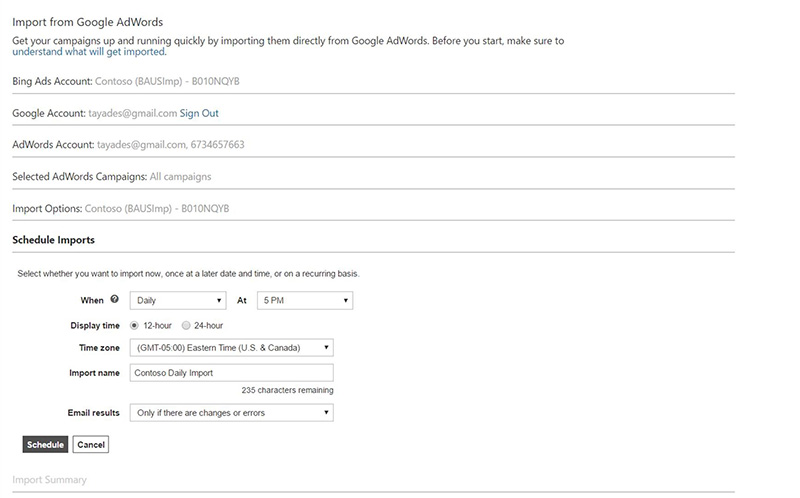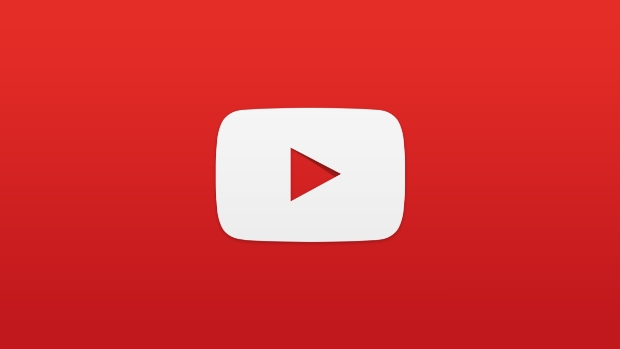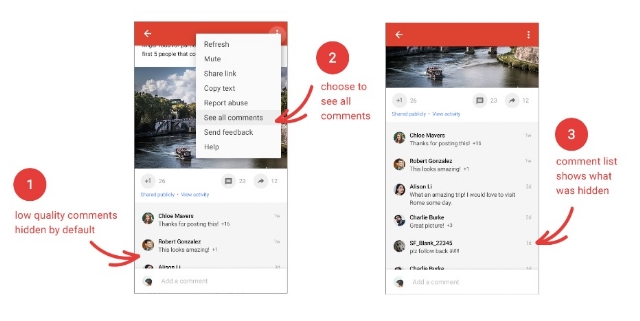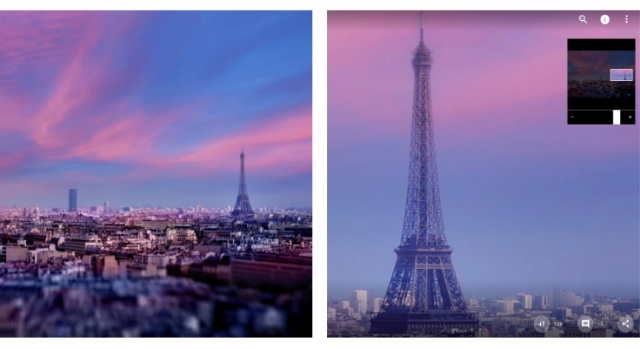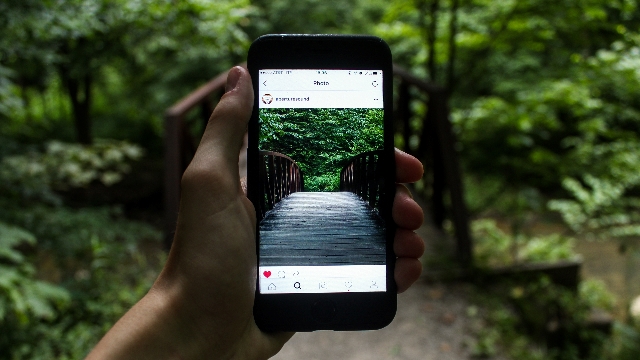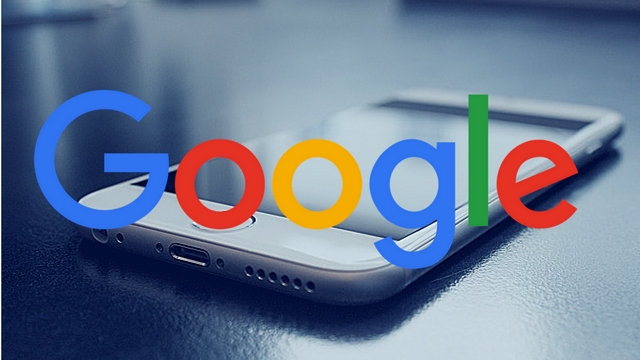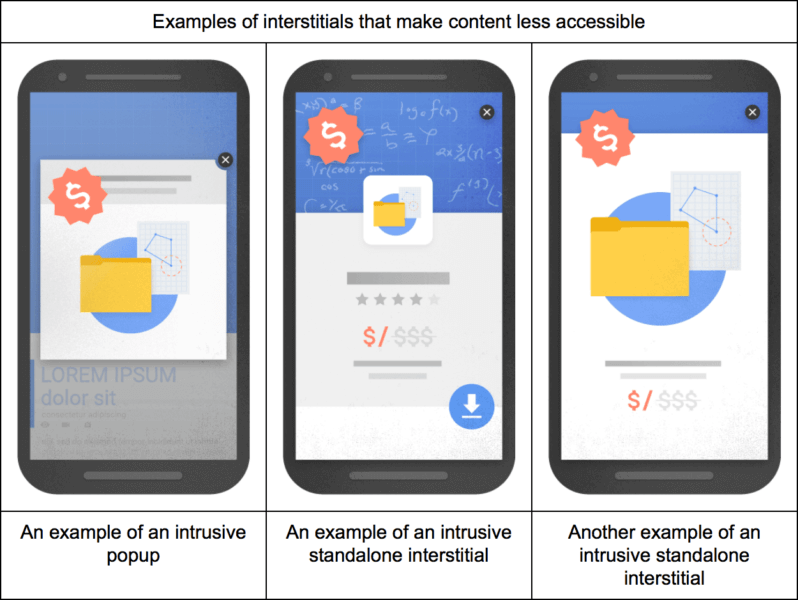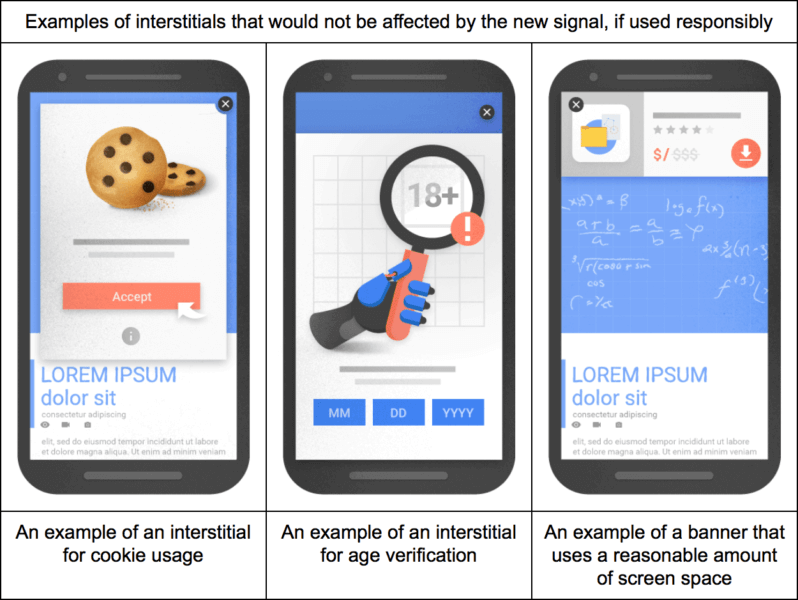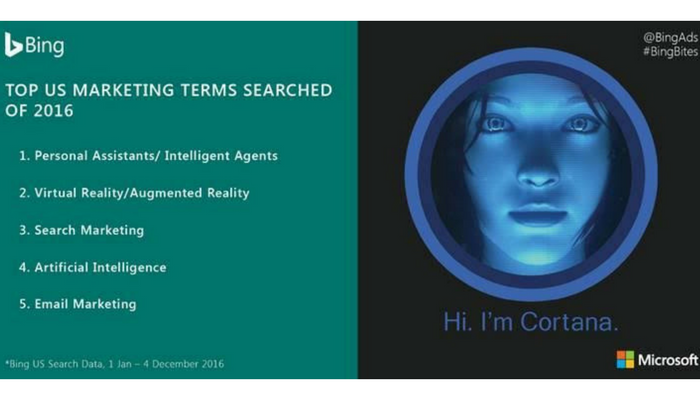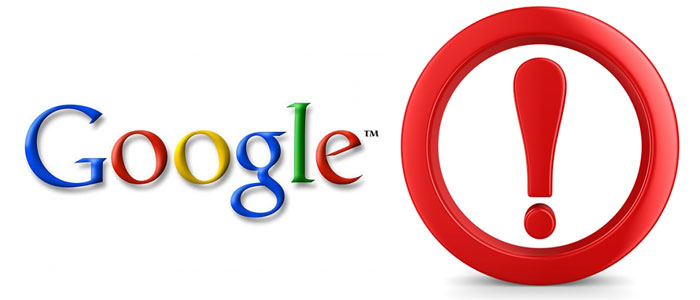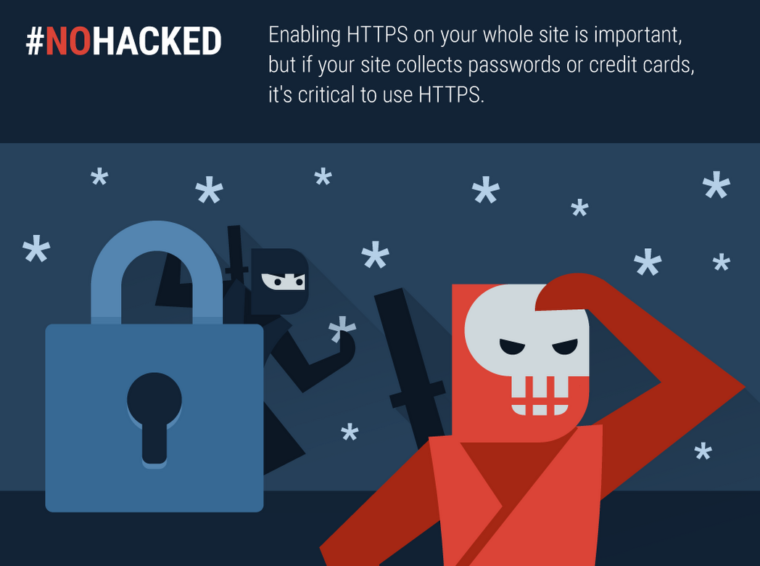
Over the past year or so you have probably noticed a pretty big shift happening on your Facebook News Feed. Video content has taken over, making up a huge portion of what you see on the platform.
To help sort through the influx of videos, Facebook is refining their News Feed algorithm with a new video ranking signal for videos: completion rates. Facebook has used several metrics in the past for ranking videos – including how long a person watched the video.
The problem is these metrics often benefitted shorter videos that don’t necessarily have as much value as longer video content
As the company explains in a recent update:
“One of the signals we look at is ‘percent completion’ — the percent of each video you watch — to help us understand which videos you enjoyed. If you watch most or all of a video, that tells us that you found the video to be compelling — and we know that completing a longer video is a bigger commitment than completing a shorter one. As we continue to understand how our community consumes video, we’ve realized that we should therefore weight percent completion more heavily the longer a video is, to avoid penalizing longer videos.”
For the most part, the new metric shouldn’t affect most pages sharing video content. However, they say “some shorter videos may see a slight dip in News Feed distribution.”
The key takeaway is that if you want your videos to be seen on Facebook, they have to be engaging – no matter their length.


